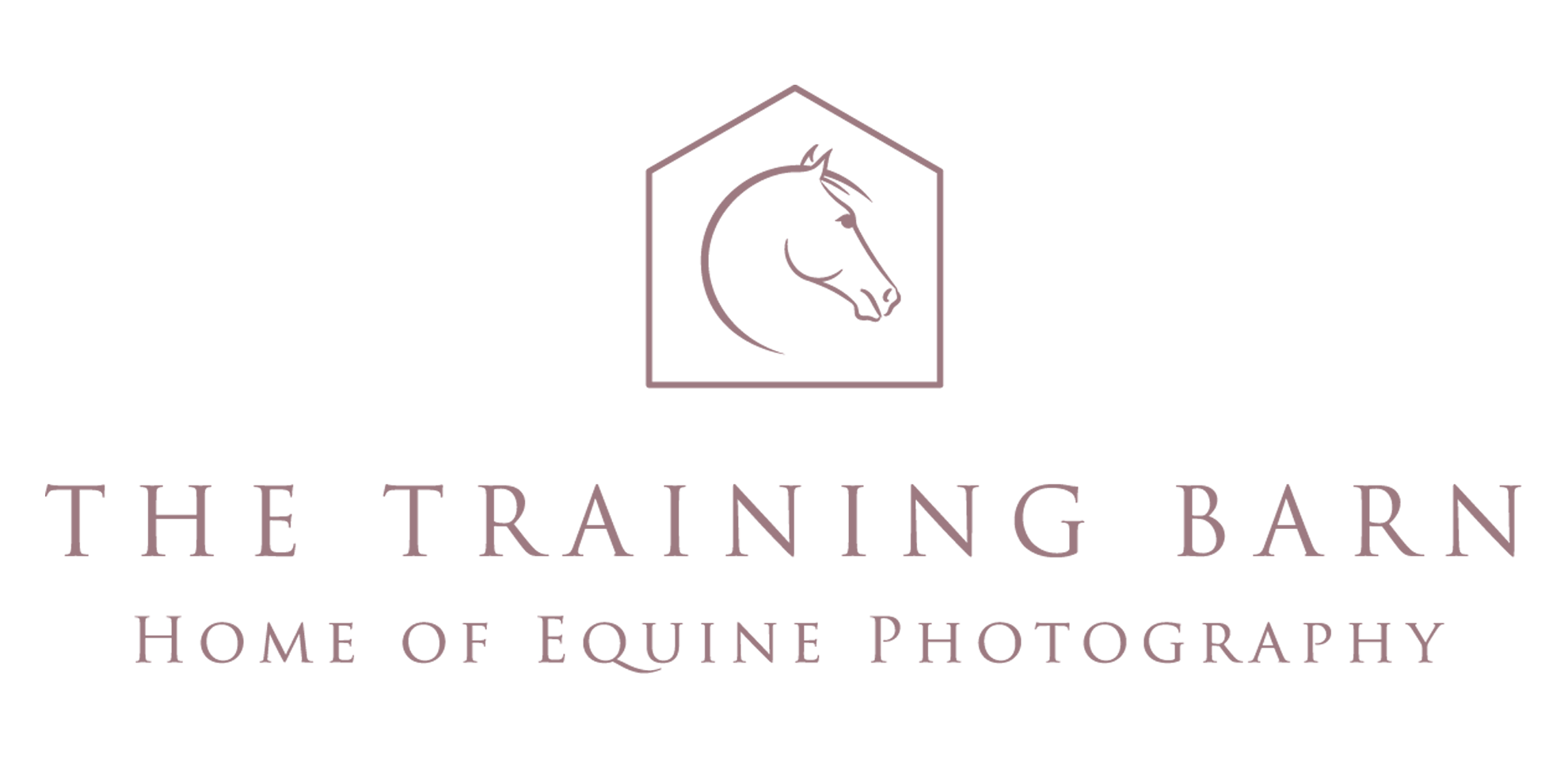
How’s this for a dream: your own sprawling studio, dotted with your own beautiful photographs, a wall of inspiration, and plenty of space to store frames, samples, an endless array of lenses, and a viewing space for your clients, too. Some of you might be lucky enough to have just that – but even if your office and studio space has to fit into your home, you can make the most of it.
Let’s be real – being a photographer is busy work. Balancing that work with all the real life stuff – you know, a family, a menagerie of animals, maybe a full-time job, too – means that staying organised is often the lowest factor on the priority list. But taking the time to un-muddle your workspace now can increase your productivity – we promise!
There’s a great Albert Einstein quote that says, “if a cluttered desk is the sign of a cluttered mind, of what, then, is an empty desk a sign?” Good question, Al – we’re not sure we know. But if you, like us, would like to declutter your mind, leaving room for your ideas to blossom, then try out these great tips for optimising your space.
1. Use cord clips and plastic tubing to hide a tangle of cords.
Let’s face it- there’s no way to make a snaking mass of cables and cords look nice. So, don’t bother – instead, hide them away. Clip cables – from your computer, your desk lamp, and so on – together using cord clips, and then use a piece of tubing to keep them together and out of sight.
2. Install floating shelves to maximise space in a small office.
Floating shelves are a straightforward DIY project, and they’ll help you to make the most of otherwise unused space. Pop them in place above your desk to keep your books and binders – you are keeping your paperwork in binders, right? – accessible but out of the way.
3. Keep an eye out for old card-catalogue or filing cabinets.
They’re not always easy to find, but these handy pieces of furniture offer a multitude of small, easily-labelled drawers, perfect for keeping your marketing materials, filters, and small spare bits and pieces out of sight but at arm’s length. Check out Facebook marketplace for second-hand beauties for sale near you.
4. Install a wall-mounted drop-down table to create a desk that only takes up space when you need it to.
Perfect if you’re trying to fit a makeshift office into another room of your house, drop-down tables are pretty straightforward to install and super-functional if you just need somewhere to set up shop with your laptop. The bonus? You can’t let it get cluttered, because you’ll be putting it away at the end of your working day.
5. Cut down your samples.
It’s so tempting to keep full-sized mounts and frames in your studio to show your clients during a viewing, but these take up a tonne of space. Instead, pick some favourites to display your prints and hang them in a gallery wall, and then cut down the rest into corner segments that you can keep in a storage box or portfolio binder to show off.
6. Pick up a magazine rack.
And make it a classy one that fits your personal aesthetic, too. Magazine racks are an easy way to store mounted prints, which gives you fast access to them when you need to show them off to a client.
7. Curate an inspiration board.
Is your desk disappearing under a stash of magazines and books? Does the sheer number of open tabs on your web browser give you heart palpitations? Then pick yourself up a pinboard and spend an afternoon sifting through the images that inspire you. Pick the very best and pin them up, hanging the board itself by your desk. Easy to refer back to, but no longer in the way.
8. Decorate accordingly.
Okay, so this might not be so easy if your kitchen doubles as your office – but if you can segregate your space a bit, even into an alcove, then you can start to add touches of style and create a sense of the lifestyle your clients are buying into. Pick up some paint samples and see what complements your images – we like dusky, sultry blues, like Farrow and Ball’s Stiffkey Blue – and make sure your furniture and accessories fit the bill, too. It’ll all make an impression on your clients.
The important things to keep in mind while rejigging your studio space are ease of use, lack of clutter, and aesthetics. You need to know exactly where your price lists and welcome packs are, for example, and you don’t want to be shoving piles of paper out of the way to make space for a viewing.
Start by purging. What can go? What needs to stay? Then, if you can, segment your space into working zones – an editing space, with hard drives on hand, a viewing area and, if you do any studio photography, a space set up to accommodate this. Get some great tunes going – it might seem like a big job, but it’ll be worth it when you want to work in your office space!
